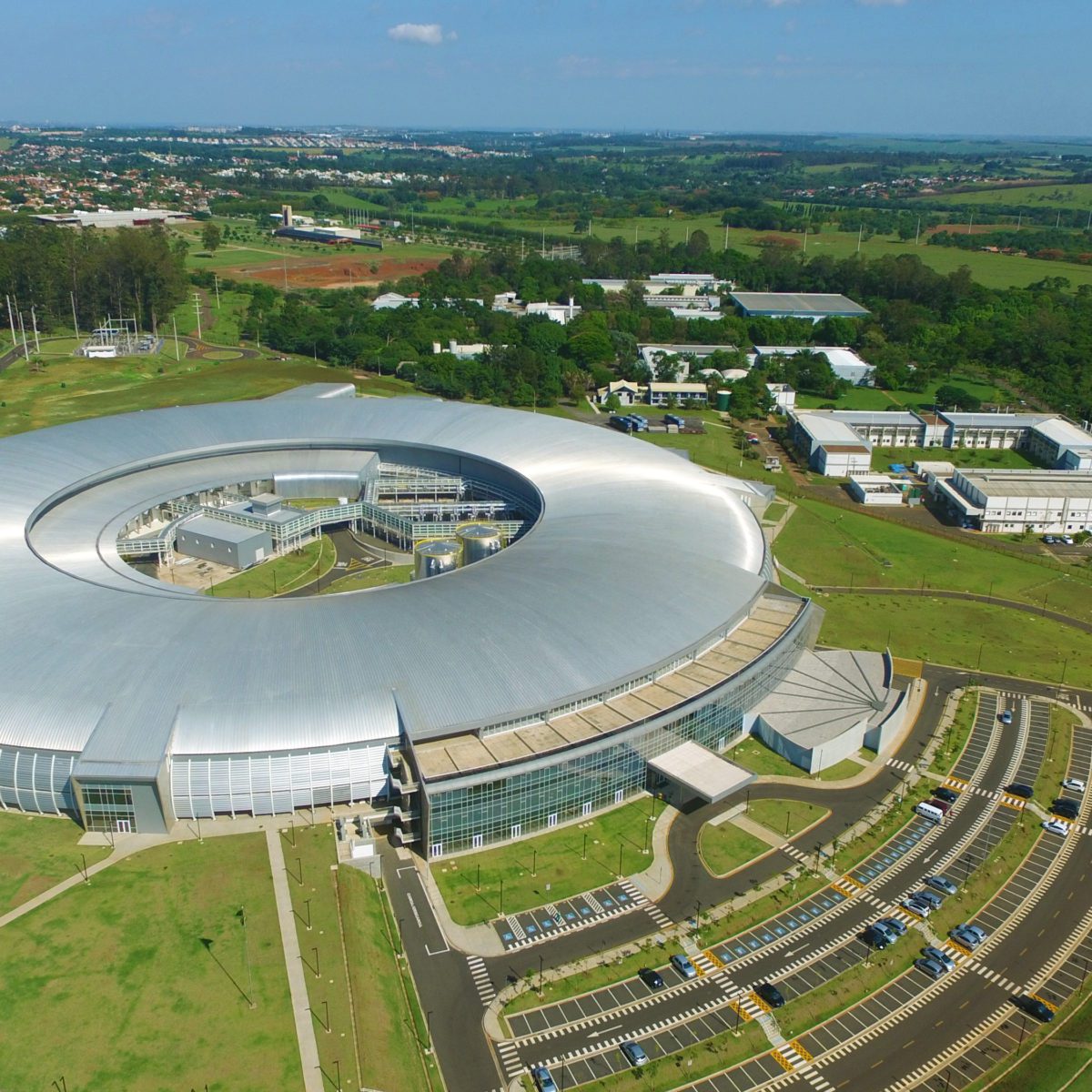
This is one of the most important stages of the largest scientific project in Brazil
The Sirius project has just completed one of its most important steps: the first electron loop around its main particle accelerator, called the Storage Ring. In this large structure, 518 meters in circumference, the electrons accelerated to very high energies produce synchrotron light: a very bright light used in scientific experiments that could revolutionize knowledge in health, energy, materials and more.
The first loop, achieved on November 22nd, demonstrates that thousands of components such as magnets, ultra-high-vacuum chambers and sensors are working in sync, and that the entire structure, with parts weighing hundreds of kilograms, have been aligned to micrometer standards (up to five times smaller than a strand of hair) needed to guide the trajectory of the particles.
Sirius is the largest and most complex scientific infrastructure ever built in Brazil and one of the first 4th generation synchrotron light source to be built in the world and it was designed to put Brazil at the forefront of this type of technology.
The next steps of the project include concluding the assembly of the first beamlines: the research stations where scientists conduct their experiments. These stations allow researchers to study the structure of virtually any organic and inorganic materials, such as proteins, viruses, rocks, plants, soil, alloys, among many others, in the atomic and molecular scale with very high resolution and speed.
Brazilian technology
The new Brazilian synchrotron light source Sirius is installed at the Brazilian Center for Energy and Materials Research (CNPEM), in Campinas, SP. Around 85% of the resources committed by the Brazilian Ministry of Science, Technology, Innovation and Communication (MCTIC) were invested in Brazil, in partnership with Brazilian companies. In addition to the construction works, contracts were signed with more than 300 small, medium and large companies, among which over 40 develop technological solutions specially for Sirius, in collaboration with CNPEM researchers and engineers.
Synchrotron light sources are the most sophisticated example of open and multidisciplinary research infrastructure and are a key tool for solving issues of importance to the Brazilian academic and industrial communities. The versatility of a synchrotron light source enables the development of research in strategic areas such as energy, food, environment, health, defense and many others.
The new Brazilian fourth generation synchrotron light source will be open for researchers next year
Registrations for the 29th Annual Users' Meeting (RAU) and the 6 satellite events are now open from July 15th to September 30th